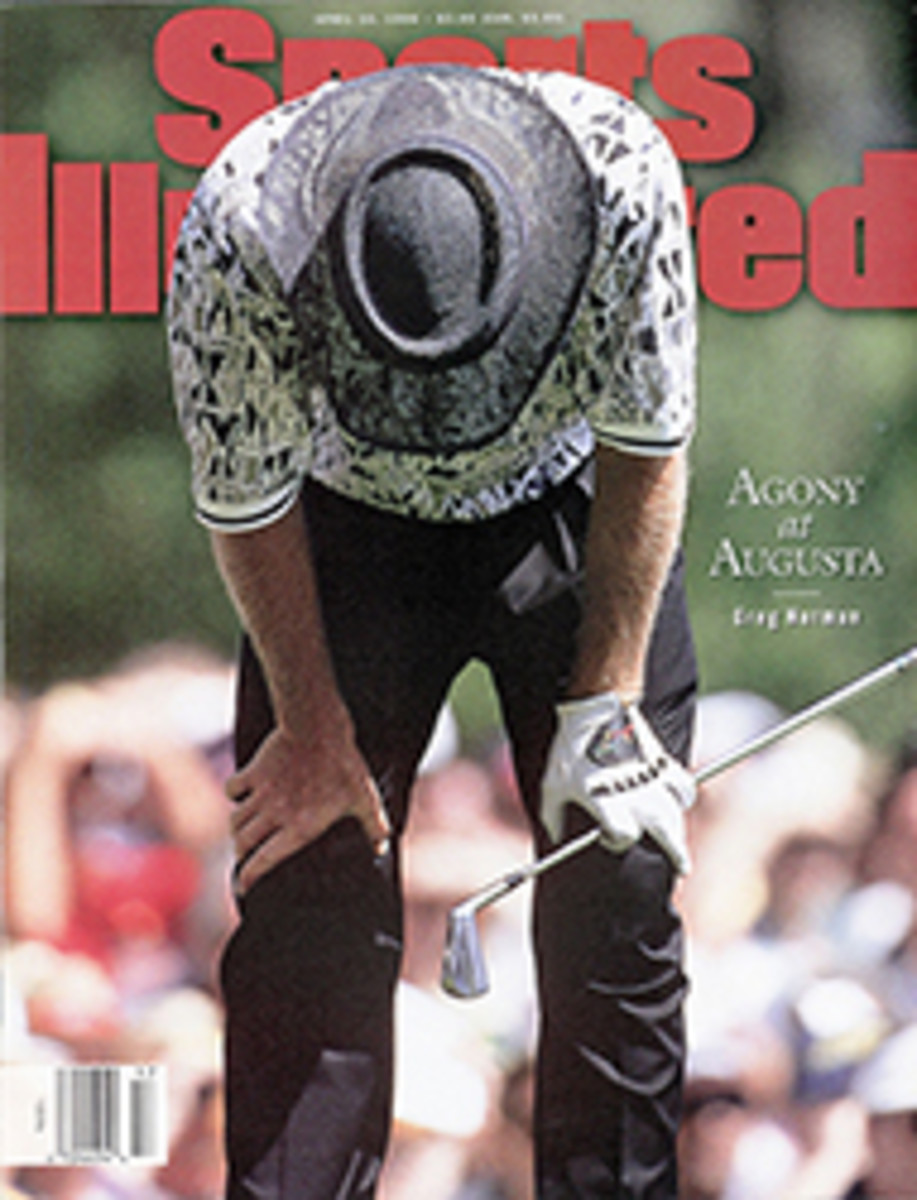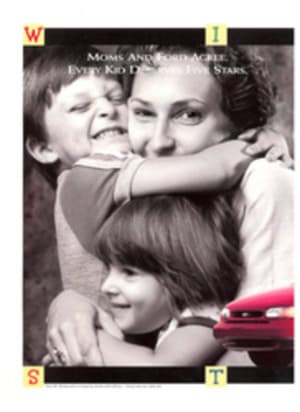
AS GOOD AS ADVERTISED WELL-BALANCED AND REJUVENATED, THE BALTIMORE ORIOLES JUMPED TO A 9-2 START, BEST IN THE MAJORS
The Minnesota Twins had a 5-1 lead over the Baltimore Orioles in
the fifth inning last Saturday at Camden Yards, and they were
threatening to score more. It was a logical time for Orioles
manager Dave Johnson to bring in his long reliever, rookie Jimmy
Myers. Instead, he called on veteran Roger McDowell, who is
usually the late-inning setup man when Baltimore is ahead.
Johnson's message to his team was clear: Hold the Twins here,
and we can still come back to win. After giving up a run-scoring
hit, McDowell pitched 2 2/3 shutout innings. Then two other
relievers held Minnesota scoreless as the Orioles battled back
to eventually tie the score in the eighth and win it 7-6 on
centerfielder Brady Anderson's home run in the ninth.
After two weeks of the 1996 season, during which Baltimore ran
up the best record in baseball (9-2 through Sunday), Johnson's
club served notice on the rest of the American League: The Birds
have the most balanced team in the league.
Baltimore's lineup, 1 through 9, has no easy outs, has power
throughout and is matched only by the Cleveland Indians'. And
the Orioles defense is simply unmatched. They have the league's
top righthander, Mike Mussina, who, following his two-hit
masterpiece in a 3-2 win over the Twins last Friday night, was
3-0 this season and had allowed just five earned runs in his
last 50 innings (a 0.90 ERA). Their bullpen is deep, and they
have speed on the bases and lots of baseball savvy. On top of
all that, after a nightmare 71-73 season under rookie manager
Phil Regan, there's a new attitude.
"The difference is a calm manager and a talented club," says
Anderson, who had three home runs and a .317 average at week's
end. "We're not going crazy that we're 9-2. And when we go
through rough times, like all teams do, we'll do it calmly. When
we were behind 6-1 on Saturday, you would have thought we were
ahead 6-1."
Credit Johnson, the new manager who played second base on the
great Baltimore teams of the late '60s, for this psychological
balance and for instilling a confidence that this team has not
had in years. His use of McDowell last Saturday was one example
of the faith he has in his players. Here's another: Johnson
doesn't have pitchers constantly warming up in the bullpen--in
the first 11 games, he never had two relievers throwing at the
same time--a boost to the Baltimore pitcher on the mound. Regan,
a former big league reliever and pitching coach, sometimes would
have two guys warming up as former Orioles closer Doug Jones
entered the game. One more example: Johnson gives his hitters
the green light on 2-and-0 and 3-and-1 pitches. Regan was known
to give the take sign even after Boston Red Sox knuckleballer
Tim Wakefield fell behind 2 and 0 in the count and was sure to
be throwing a meaty fastball.
To the surprise of no one in baseball, Baltimore is much
improved as a result of running up its payroll to $49.3
million--second in the majors to the New York Yankees' $52.9
million--with the off-season signing of free agents McDowell,
second baseman Roberto Alomar, closer Randy Myers and third
baseman B.J. Surhoff. The Orioles also traded for lefthander
Kent Mercker and outfielder Tony Tarasco.
Alomar was hitting .316 at week's end and playing brilliantly,
as advertised, in the field. Surhoff, a career .197 hitter in
April, was batting .375 with three homers. And through his first
11 games at third base this year, Surhoff had not committed an
error, though he did not spend a single inning at the hot corner
last year with the Milwaukee Brewers.
The bullpen, anchored by McDowell and Myers, allowed one earned
run in its first 28 2/3 innings, with Myers needing only 51
pitches to emerge with four saves in his first four
opportunities. A lefthander who used to throw nothing but heat,
Myers now throws more breaking balls and changeups. "And he
still has a presence that a closer has to have," says his former
manager, Jim Riggleman of the Chicago Cubs.
But what has made Baltimore the complete package early this
season has been the play of Orioles mainstays--such as Anderson,
Mussina, leftfielder Jeffrey Hammonds, reliever Jesse Orosco,
first baseman Rafael Palmeiro and shortstop Cal Ripken Jr. Last
Saturday was the first time Anderson, an eight-year veteran, had
ever ended a big league game with a home run. "Last time I did
that, I was five: My uncle hung a slider, and I hit it over my
grandmother's head," he said. "My father stalked off the field
in disgust." And if Hammonds, who had a .316 average and two
homers through Sunday, can stay healthy, he should be the best
number-9 hitter in the game. "When you look at how good our
lineup is, how can I get mad about hitting ninth?" says
Hammonds, 25, who played in only 158 major league games the past
three years as he battled neck and knee injuries. On April 10,
in a 2-2 game with the Indians, he led off the 10th with a
double and scored the winning run moments later, as Baltimore
swept a two-game series from the Indians, who beat them 10 out
of 12 times last year.
In a game last week Ripken looked to his left and saw Alomar,
looked to his right and saw Surhoff and then thought to himself,
The opposing team will screw up before we screw up. "That's the
first time I've felt that way," he told Orioles broadcaster and
former teammate Mike Flanagan, "since '83."
That was the last year the Orioles went to the playoffs. They
won the World Series.
COLOR PHOTO: AL TIELEMANS Alomar's defense, exemplified by this leaping grab, has been as uplifting as his .316 average. [Roberto Alomar]

